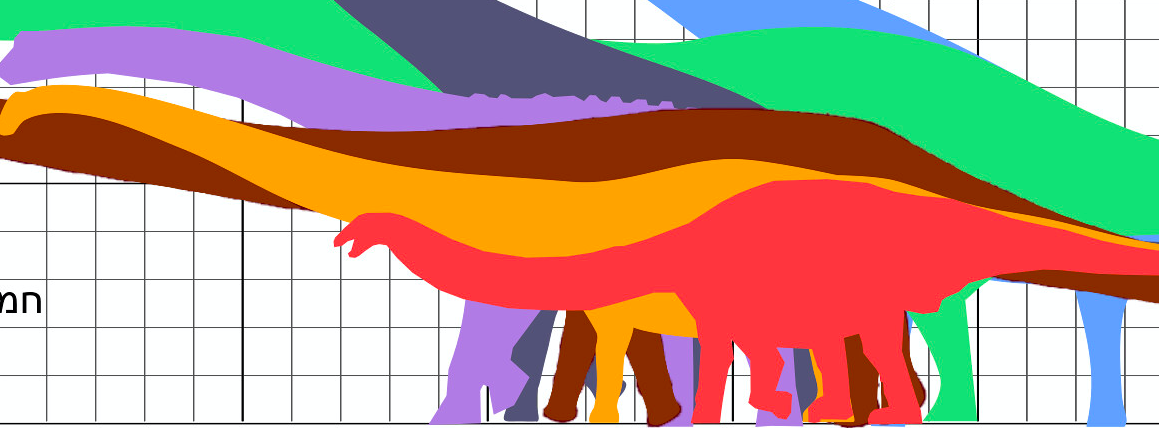New Scientist
Image: Zachi Evenor
FOR a century, visitors to Chicago’s Field Museum have marvelled at a display featuring two African bush elephants, frozen mid-fight. In the past couple of years, however, this awesome spectacle of the largest living land animals has been overshadowed by an enormous skeleton. As impressive as the elephants are, they look like squabbling children beside Patagotitan, a 100-million-year-old sauropod dinosaur that was as long as a blue whale, taller than a giraffe and probably outweighed each elephant 10 times over.
Since 2014, when news first broke of its discovery, Patagotitan has frequently been described as the most massive animal ever to walk the Earth. Such superlatives captivate us. Even if you aren’t a dinosaur fan, it is awe-inspiring to think that the skeleton in the Field Museum belongs to a creature that is as big as they get.
Except it isn’t. Weighing up such giants isn’t simple, but new calculations indicate that other dinosaurs from the same family – the aptly named titanosaurs – were at least as massive. In fact, Patagotitan might not even come close to claiming the heavyweight title. Some palaeontologists now believe that the ground once trembled under the mass of a near-mythical dinosaur that was twice as heavy as Patagotitan. How they have reached these conclusions is a story of monumental discoveries, lost treasures, academic showmanship and clay models. Read more on newscientist.com…








